Orexplore launches digital core scanner
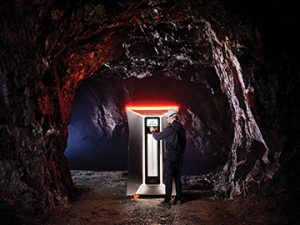
Orexplore’s GeoCore X10 was recently launched in Australia and could be coming to North America next. CREDIT: OREXPLORE
Orexplore has released a digital core scanning technology that could one day replace assay labs as we know them.
The company’s GeoCore X10 laboratory extracts structural and elemental information from an entire drill core in near real-time.
The technology gives an accurate reading of element concentrations and minerals that compose a drill core, as well as providing a 3-D image of the rock’s internal structure.
“The novelty of the technology and what makes Orexplore unique is the fact that we can see through the drill core and not only the surface as traditional XRF or hyperspectral technologies do,” said Orexplore CEO and cofounder Kevin Rebenius in an email interview with CMJ.
“Apart from revealing 3-D structural information, textures and density, the analysis combines attenuation data with X-ray fluorescence to inform the element abundance analysis.
In essence, Orexplore technology combines well known X-ray detection techniques, namely high-energy X-ray fluorescence and X-ray transmission detection in a new unique way.”
Because it can “see through” the rock, no sample preparation is necessary for analysis, meaning no portion of the core has to be destroyed.
The origin of the technology behind the GeoCore X10 was in medical X-ray research performed by one of the cofounders of Orexplore in the 1990s that looked at measuring heavy elements in the human body (for example platinum compounds used in cancer therapy). He met a geotechnician who was intrigued with the technology and had the idea to apply it to rocks. However, it wasn’t until 2010 that advances in computing power and detectors made it possible to use the technology to analyze rock in a reasonable amount of time, Rebenius says. That’s when Orexplore was founded.
“The Orexplore R&D team has evolved the technology over the past eight years and is now not only able provide accurate wide range element concentration analysis, but also 3-D tomographic imaging revealing internal bed rock structures, mineral identification, density measurement and texture data,” Rebenius says.
In 2013, Orexplore partnered with Australia’s Swick Mining Services and it finally launched the GeoCore X10 this year, as well as opening an office in Perth. It signed its first customer in Australia, Saturn Metals, which is using the machine at its Apollo Hill gold project, this summer.
The GeoCore X10 has been tested on-site at a Boliden mine in Sweden, and is currently being tested at Lovisagruvan, a lead-zinc mine in Sweden.
Right now, the GeoCore X10 is being offered as a rental – machine plus a technician.
Companies can also send core to one of Orexplore’s offices in Perth or Stockholm to be analyzed. Rebenius says the price works out to about A$80-100 per metre. Ultimately, he envisions larger mine sites would want to use more than one machine on-site.
Applications
For exploration projects and mine sites, the GeoCore X10 dramatically cuts down the time it takes to analyze drill core – instead of waiting weeks for drill results, the machine can have data available in a digital archive to both field geologists and head office in about an hour. That allows exploration teams to make quick, informed decisions to redirect or refocus drill holes, if necessary.
For mine sites, the technology can be used in combination with an ore tracking system to provide information about grain size, liberation, density, and hard and soft mineral ratios that can help metallurgists adjust processing parameters in advance.
“The machine is really easy to operate,” Rebenius says. “The brainpower is required for interpreting and making use of the data. The user who is typically a geologist or metallurgist, access the data in our Insight software.”
The software allows visualization and manipulation of the data in 3-D – including magnification and rotation to view the rock’s composition and geostructural features from any angle. When the data is imported into ore modelling software, it allows a more comprehensive picture of the orebody.
“The tomography data, revealing internal geological structures, such as foliations, folds and veins are really making geologists excited. Professionals are also excited about the possibility to identify textures and mineral distributions,” Rebenius says.
“People are a bit overwhelmed with the wealth of information and I think it is going to take some time for the industry to figure out how to best make use of the data. I believe we have only seen the tip of the iceberg, when it comes to the possibilities to extract valuable information from the vast amount of data generated.”
As for the accuracy of technology and how it compares to results from assay labs, Rebenius says comparative studies are under way. Since labs take a few grams from a half drill core and base the assay on that small sample, sometimes it is representative of the entire drill core and sometimes it isn’t.
“For heterogeneous and low-grade ore samples, the error is significant,” he says.
“For those cases especially, the Orexplore analysis gives better results since we are looking at all the material in the sample.
For higher-grade samples the labs tend to be more competitive. However, our method improves over time. The more geologies we encounter and learn from, the better the analysis becomes.”
Rebenius predicts that within a decade, the assay process will have become completely digitized.
“In that sense, I believe the traditional labs will become obsolete in time,” he says. “Perhaps labs will adopt our or other coming scanning technologies themselves in order to transform their business models and become part of the ongoing digitalization transformation process.
Digitalization is evident across all industries and companies need to adapt to stay competitive going forward.”
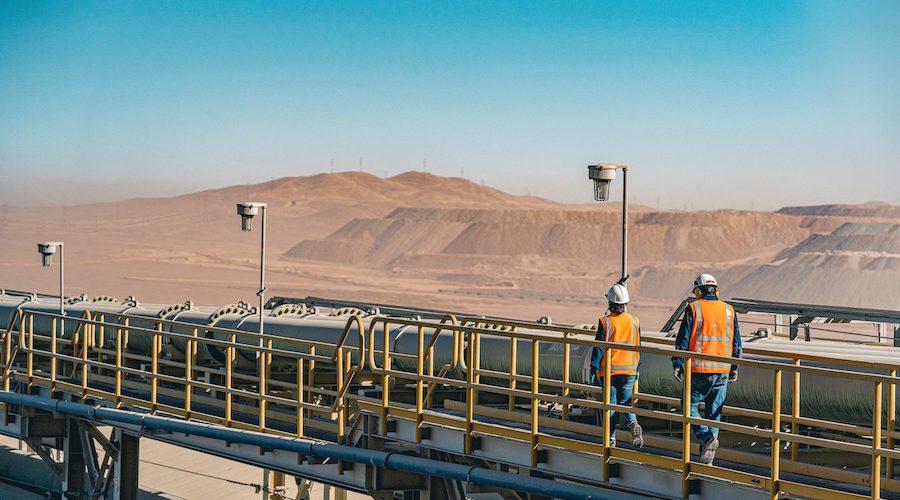
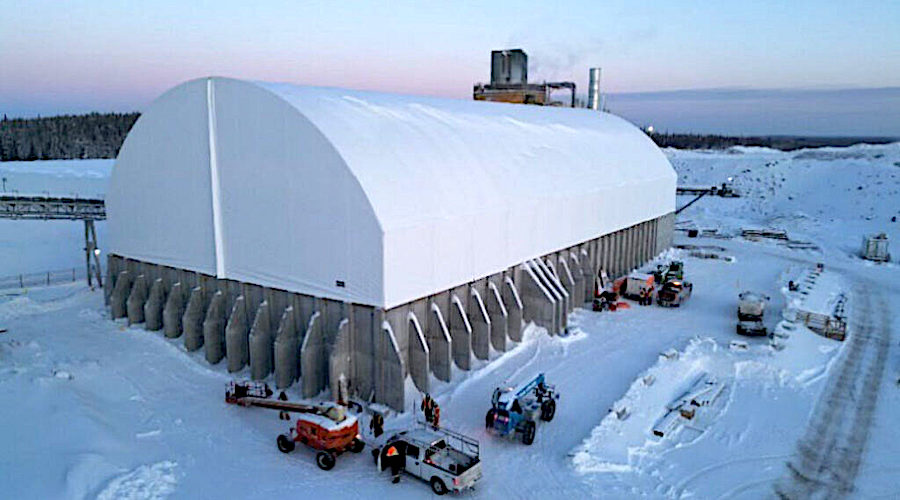
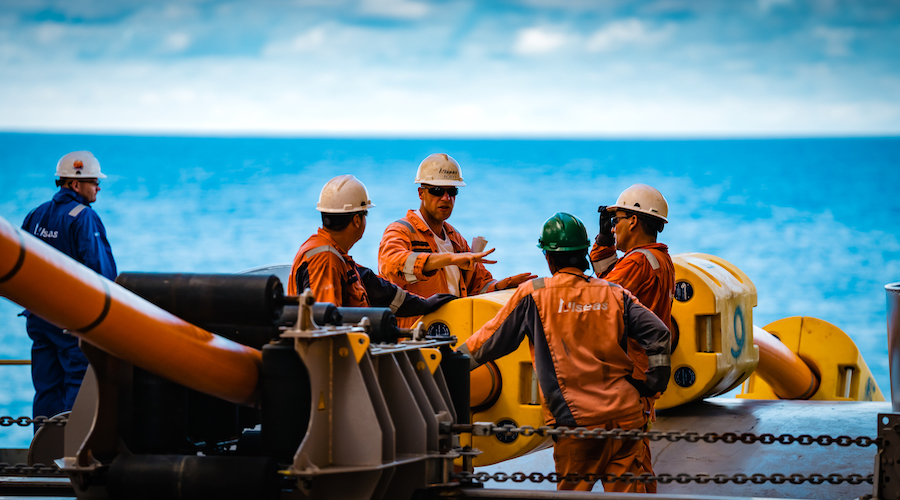
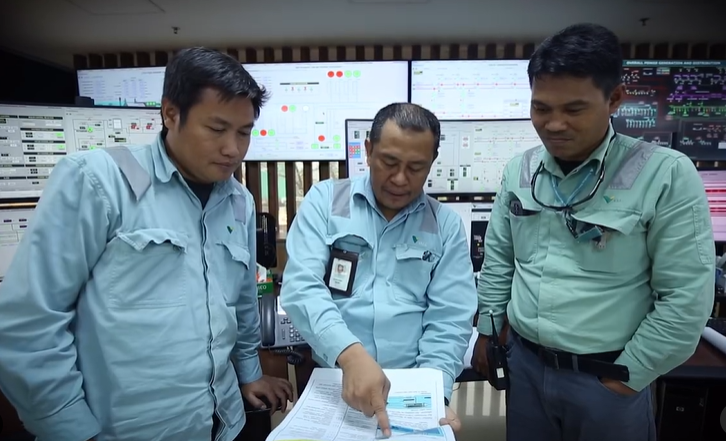
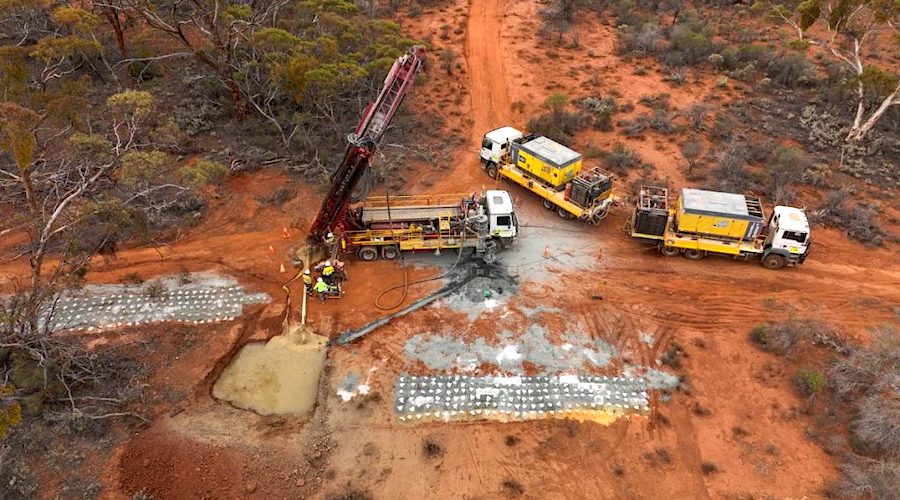
Comments